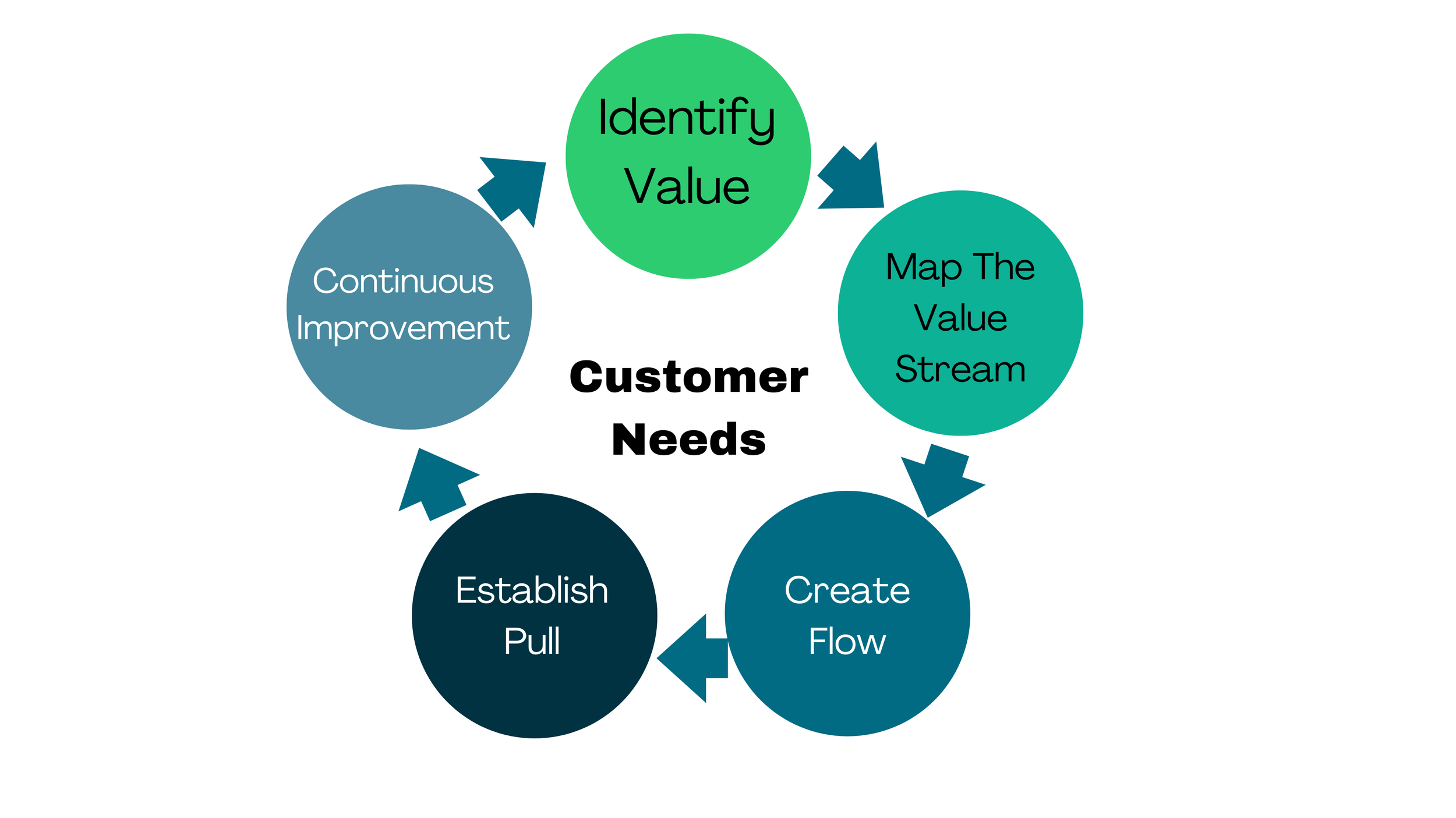Lean? Whatever Do you Mean?
Embracing Lean Manufacturing: A Path to Efficiency and Growth
Lean Manufacturing has become a cornerstone for businesses aiming to enhance efficiency, reduce waste, and promote continuous improvement. It also provides the foundation for GrowthGenius’ tools and methodology. It is important to understand the benefits of lean principles, to understand why they are incredibly powerful tools to apply to the commercial business.
A Brief History of Lean Manufacturing
The roots of Lean Manufacturing trace back to the late 1940s in Japan, where Toyota pioneered a revolutionary approach to production known as the Toyota Production System (TPS). Spearheaded by visionary industrial engineer Taiichi Ohno, TPS introduced the concept of just-in-time (JIT) production. The goal was to eliminate waste and optimize processes, producing only what was needed, when it was needed.
In 1988, John Krafcik coined the term “lean” to describe this efficient production method. However, it was James Womack and Daniel Jones who formally articulated the five principles of Lean Manufacturing in their 1996 book, "Lean Thinking."
These are the 5 Principles of Lean Manufacturing, as described in Krafcik’s book.
The customer is always at the center.
Over time, Lean Manufacturing transcended its automotive origins and found applications in various industries, from healthcare to software development, fostering a culture of continuous improvement across sectors.
Commonly Used Lean Manufacturing Tools
Lean Manufacturing employs a variety of tools and techniques to achieve its goals. Here are some of the most commonly used ones:
5S System: A workplace organization method that stands for Sort, Set in Order, Shine, Standardize, and Sustain. This system helps create an organized, efficient, and safe work environment.
Kaizen: A philosophy of continuous improvement involving all employees, from management to the shop floor. Kaizen focuses on small, incremental changes rather than large-scale transformations.
Kanban: A visual scheduling system that helps manage workflow and inventory by signaling when new parts or materials are needed. It promotes just-in-time production and minimizes excess inventory.
Value Stream Mapping (VSM): A tool used to visualize and analyze the flow of materials and information through the production process. VSM helps identify waste and areas for improvement.
Poka-Yoke: Also known as mistake-proofing, this technique aims to design processes and tools in a way that prevents errors or makes them immediately noticeable.
Standard Work: The practice of documenting the best practices for a particular task and ensuring that they are followed consistently. Standard work helps maintain quality and efficiency.
Daily Visual Management: A visual feedback system that alerts workers and supervisors to issues on the production line. Signals here can help quickly address problems and prevent defects.
Total Productive Maintenance (TPM): An approach to equipment maintenance that aims to achieve perfect production by preventing breakdowns, defects, and accidents. TPM involves all employees in maintaining equipment.
By implementing these tools, organizations can streamline their operations, reduce waste, and continuously improve their processes, ultimately leading to increased efficiency and profitability.
Benefits of Lean Manufacturing
Increased Efficiency: Lean techniques streamline processes, reducing the time and resources required for production. This leads to faster turnaround times and higher throughput.
Cost Reduction: By eliminating waste and optimizing processes, Lean Manufacturing helps lower operational costs. This includes reducing inventory, minimizing defects, and improving resource utilization.
Enhanced Quality: Lean focuses on continuous improvement and error prevention, leading to higher product quality and customer satisfaction.
Flexibility and Adaptability: Lean Manufacturing promotes a responsive and adaptable production environment. This allows organizations to quickly adjust to changing market demands and customer needs.
Employee Empowerment: Lean principles encourage employee involvement and engagement. By fostering a culture of continuous improvement, employees are empowered to identify problems and implement solutions, leading to higher morale and job satisfaction.
To Wrap It Up
Lean Manufacturing is more than just a set of tools and techniques; it's a philosophy that drives continuous improvement and operational excellence. By embracing Lean principles, organizations can achieve significant improvements in efficiency, cost reduction, and quality, ultimately driving long-term success. These tools are commonly applied to operations functions of a business, but rarely to the commercial side of a business (including functions like Marketing, Sales, and Product Management). The same benefits experienced by operations, can also be experienced by the commercial functions, and that is the root of what GrowthGenius does. By applying lean manufacturing principles to commercial functions, in specific areas, we establish repeatable process, install a continuous improvement mindset, and build a self sustaining growth engine.

